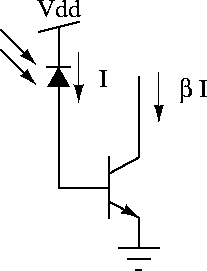
Figure 7.22: Increasing the photocurrent using a bipolar transistor.
Usually the light intensity inside a normal room is below 1 lux. At these levels photocurrents are in the deep-subthreshold region ( < 1 nA). It is therefore desirable to increase the photocurrent in a similar concept as in photomultipliers. A very simple circuit which has been used in several designs is shown in Figure 7.22. The input current is injected into the base of a bipolar transistor. Hence, the current gain of the bipolar transistor (around 100) boosts the photocurrent. Note that this will amplify the signal and noise at the same time, and the signal to noise ratio remains constant. However, by increasing the signal levels at the photodetector level, further circuits would not need to have a very large dynamic range.
Using the multisensitivity sensor described in section 2.17 the current gain can be boosted further by the current gain of the photodetector structure which is a bipolar transistor (See Figure 7.1). Using two MOS transistors the bipolar transistors could be switched on or off. However, the mechanisms which control the topology of the structure need more elaborate architectures which can incorporate abrupt topologic changes without other systematic misbehaviors, such as global instability. Hysteresis, for example, can be used to avoid instability due to sharp changes of the current.

Figure 7.22: Increasing the photocurrent using a bipolar transistor.